Euonymus Scale Treatment – Tips For Controlling Euonymus Scale Bugs
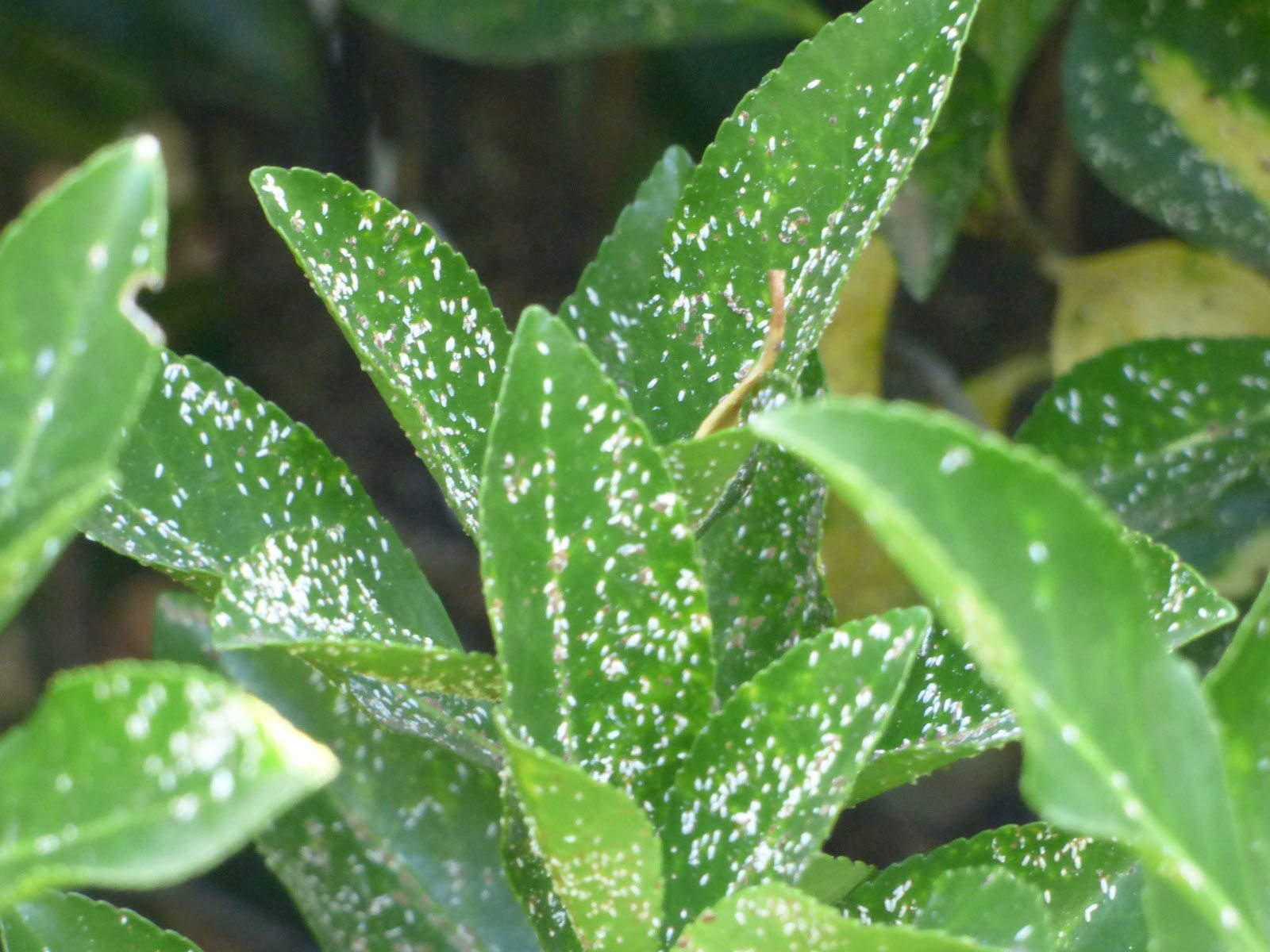

Euonymus is a family of shrubs, small trees, and vines that is a very popular ornamental choice in many gardens. One common and sometimes devastating pest that targets these plants is the euonymus scale. Controlling euonymus scale bugs can be relatively simple and effective, as long as it’s done properly. Keep reading to learn more about how to get rid of euonymus scale.
Euonymus Scale Treatment
The first step in euonymus scale treatment is figuring out if you have an infestation. So, what does euonymus scale look like? Euonymus scale bugs go through a few stages of life, during most of which they’re too small to spot easily. You’re more likely to know you have an infestation when you see white to yellow blotches on the tops of the plant’s leaves. If the infestation is really bad, the plant may appear water-stressed with leaves yellowing, drooping, and even falling off. The bugs themselves are most visible in their late life scale stage, when they settle in on a single spot on the plant and grow a hard protective shell (a scale) over their backs. The larger female scales are about 2 millimeters long, brown, and shaped like an oyster shell. The scale insects may also appear like clusters of rice on plant leaves. If you notice scales on your plant, scrape at a few with your fingernail. If you see an orange smear, the scales are still alive and need to be dealt with. If the scales simply crumble away dryly, all you have is the leftover shells of dead bugs and you don’t need to treat them.
Controlling Euonymus Scale Bugs
Euonymus scale treatment is a game of timing. A population of scale on euonymus shrubs can go through two to three generations in a single summer. The best time for euonymus scale treatment is when they’re in their crawler stage before they grow their protective shells. This usually happens in spring to early summer. Though they’re very small, you can see the crawlers as tiny yellow grubs on the leaves. During this time, you can spray with an insecticide or horticultural oil. If you miss this crawler stage, another should occur six weeks later. A more organic form of treatment is the introduction of lady beetles, natural predators of euonymus scale, as well as pruning of heavily infested branches. Certain horticultural oils can also be used when the scales are in their shells because it forms a layer that literally suffocates them. Read the label of your oil to see if it will be effective on mature scales.
Gardening tips, videos, info and more delivered right to your inbox!
Sign up for the Gardening Know How newsletter today and receive a free copy of our e-book "How to Grow Delicious Tomatoes".

The only child of a horticulturist and an English teacher, Liz Baessler was destined to become a gardening editor. She has been with Gardening Know how since 2015, and a Senior Editor since 2020. She holds a BA in English from Brandeis University and an MA in English from the University of Geneva, Switzerland. After years of gardening in containers and community garden plots, she finally has a backyard of her own, which she is systematically filling with vegetables and flowers.
-
 Looking For Plants To Give You The Soft And Fuzzies? Try These 5 Fuzzy Leaf Plant Options
Looking For Plants To Give You The Soft And Fuzzies? Try These 5 Fuzzy Leaf Plant OptionsLovers of texture, drama, silver foliage and tactile plants will adore these special sensory garden additions. These fuzzy leaf plant options will leave you all aglow
By Susan Albert
-
 Get Ready For A Summer Of Hummers! Grow These Full Sun Hummingbird Plants and Flowers
Get Ready For A Summer Of Hummers! Grow These Full Sun Hummingbird Plants and FlowersIf you’re lucky enough to enjoy a sunny backyard, make sure you are maxing out on your pollinator opportunities and grow these full sun hummingbird plants and flowers
By Tonya Barnett
-
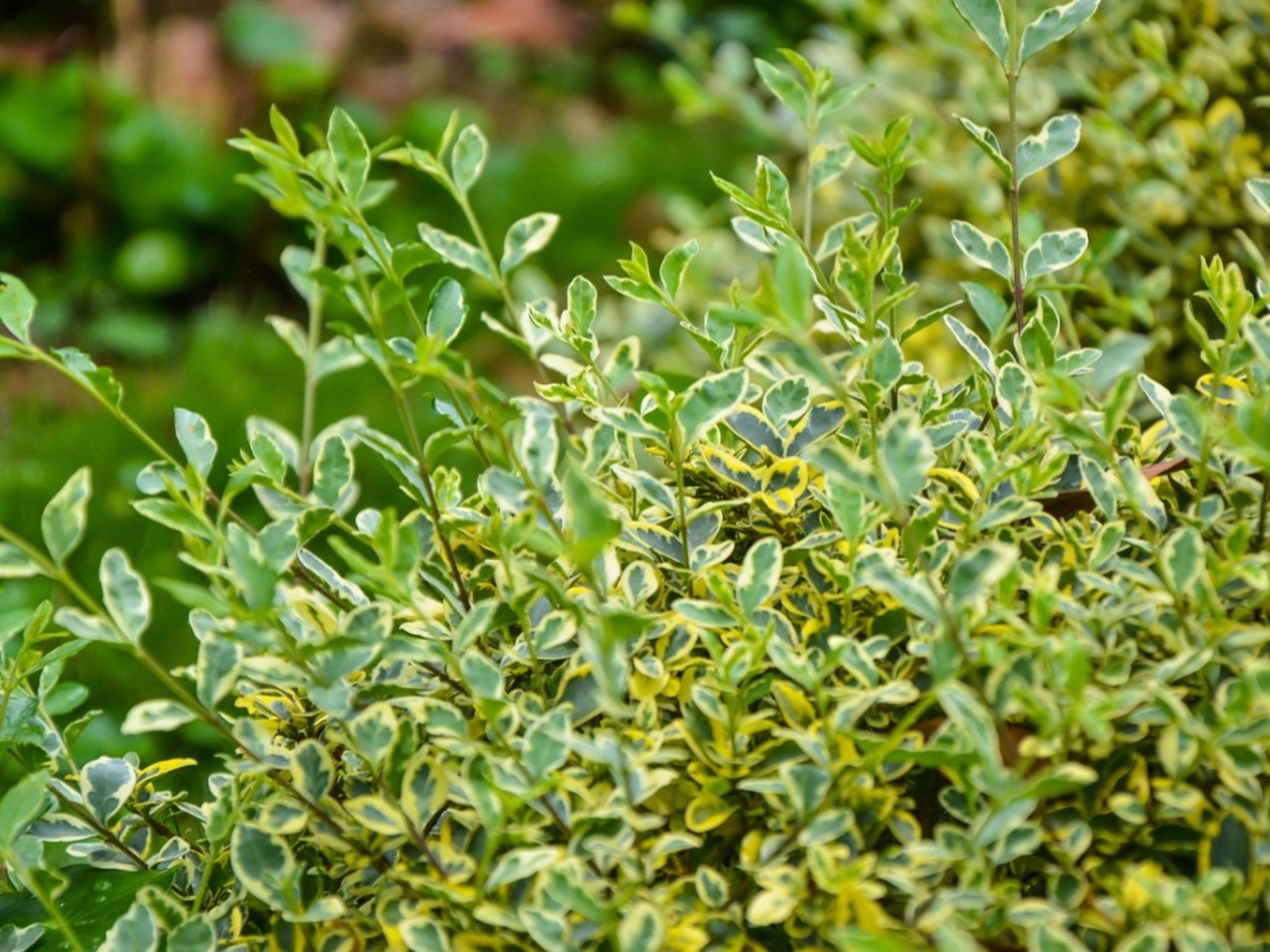 Pruning Evergreen Euonymus: How To Trim Euonymus Japonicus
Pruning Evergreen Euonymus: How To Trim Euonymus JaponicusPruning evergreen euonymus is not an annual event. However, it is sometimes necessary Read on for information about how to cut back euonymus.
By Teo Spengler
-
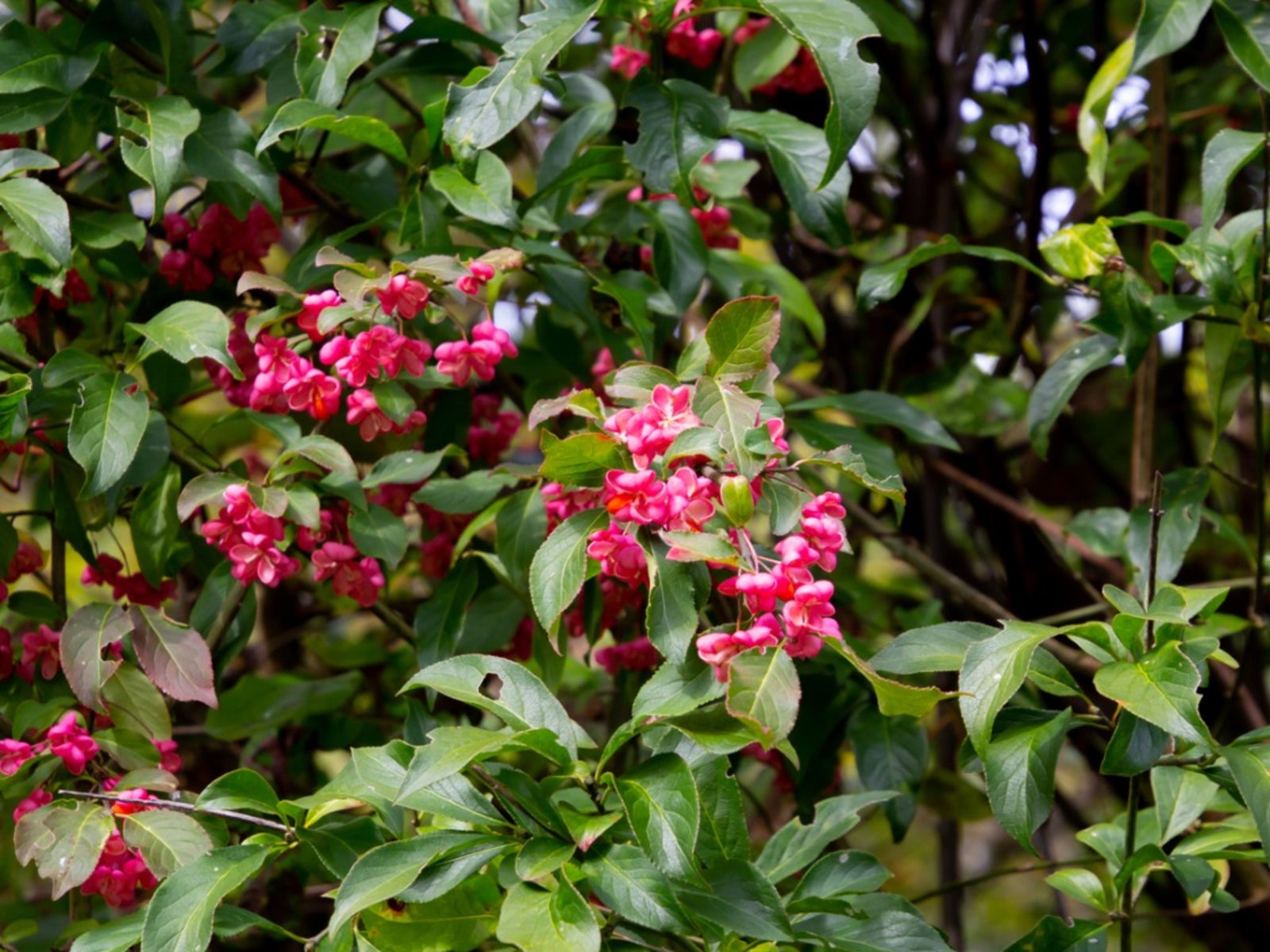 Euonymus Spindle Bush Info: What Is A Spindle Bush
Euonymus Spindle Bush Info: What Is A Spindle BushAlso known as common spindle tree, spindle bush is an upright, deciduous shrub that becomes more rounded with maturity. Spindle bush is hardy to USDA zones 3 through 8. Click on the following article and learn how to grow spindle bushes.
By Mary H. Dyer
-
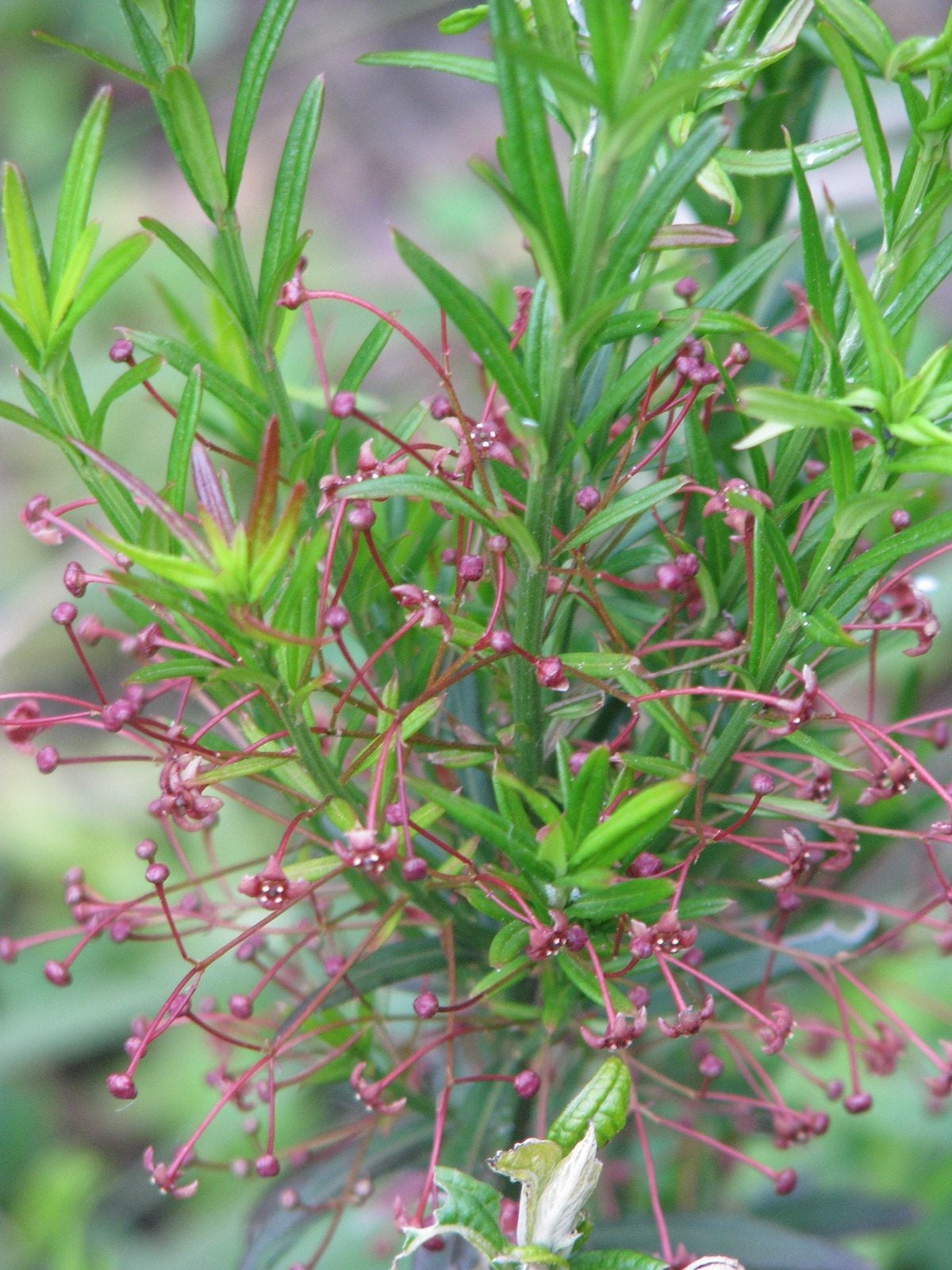 What Is A Dwarf Turkestan Euonymus: Growing Dwarf Turkestan Euonymus Plants
What Is A Dwarf Turkestan Euonymus: Growing Dwarf Turkestan Euonymus PlantsIf you are thinking of growing dwarf Turkestan euonymus for its green foliage and brilliant red autumn color, then you've come to the right place. We'll give you lots of dwarf Turkish euonymus information and care tips in this article.
By Teo Spengler
-
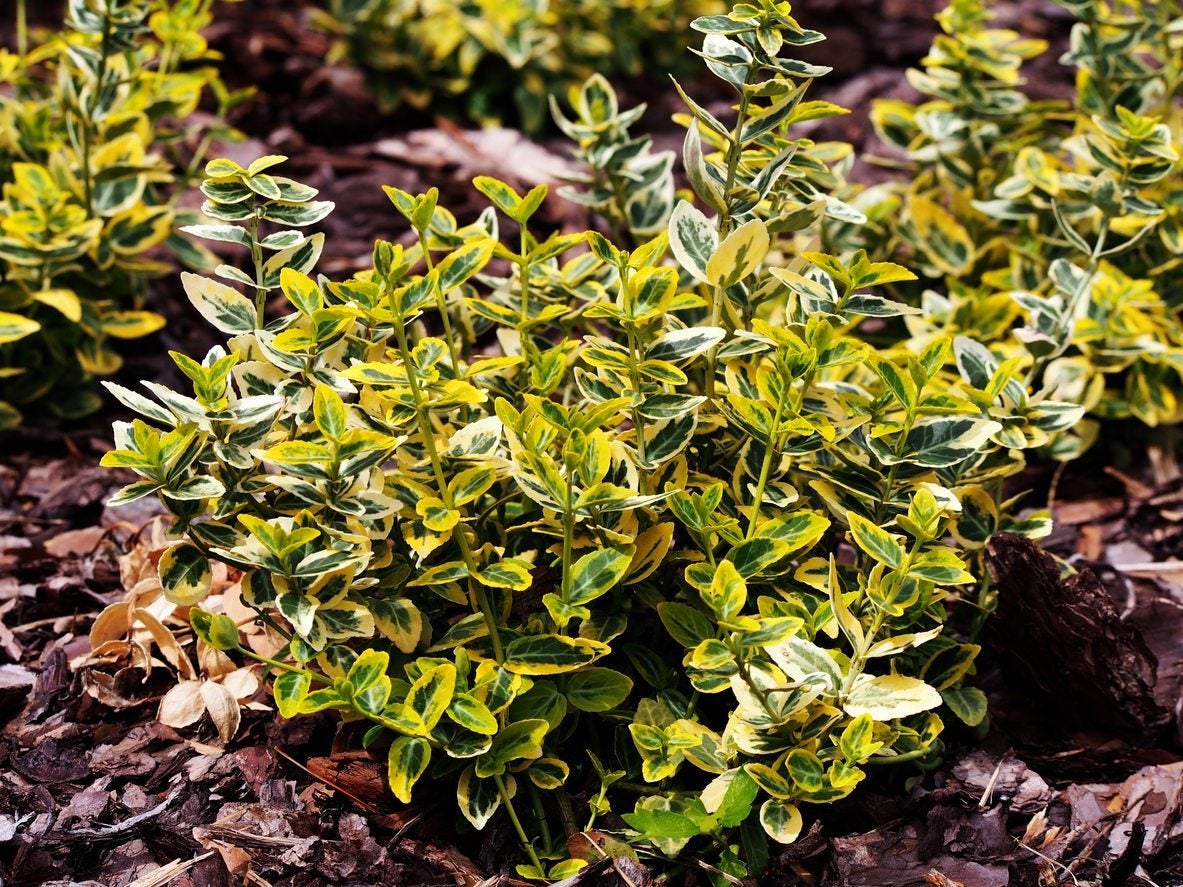 Types Of Euonymus – Choosing Different Euonymus Plants For Your Garden
Types Of Euonymus – Choosing Different Euonymus Plants For Your GardenIf you are selecting Euonymus plant varieties for your landscape, this article is a good place to start. You'll find descriptions of different Euonymus shrubs that you might want to invite into your garden.
By Teo Spengler
-
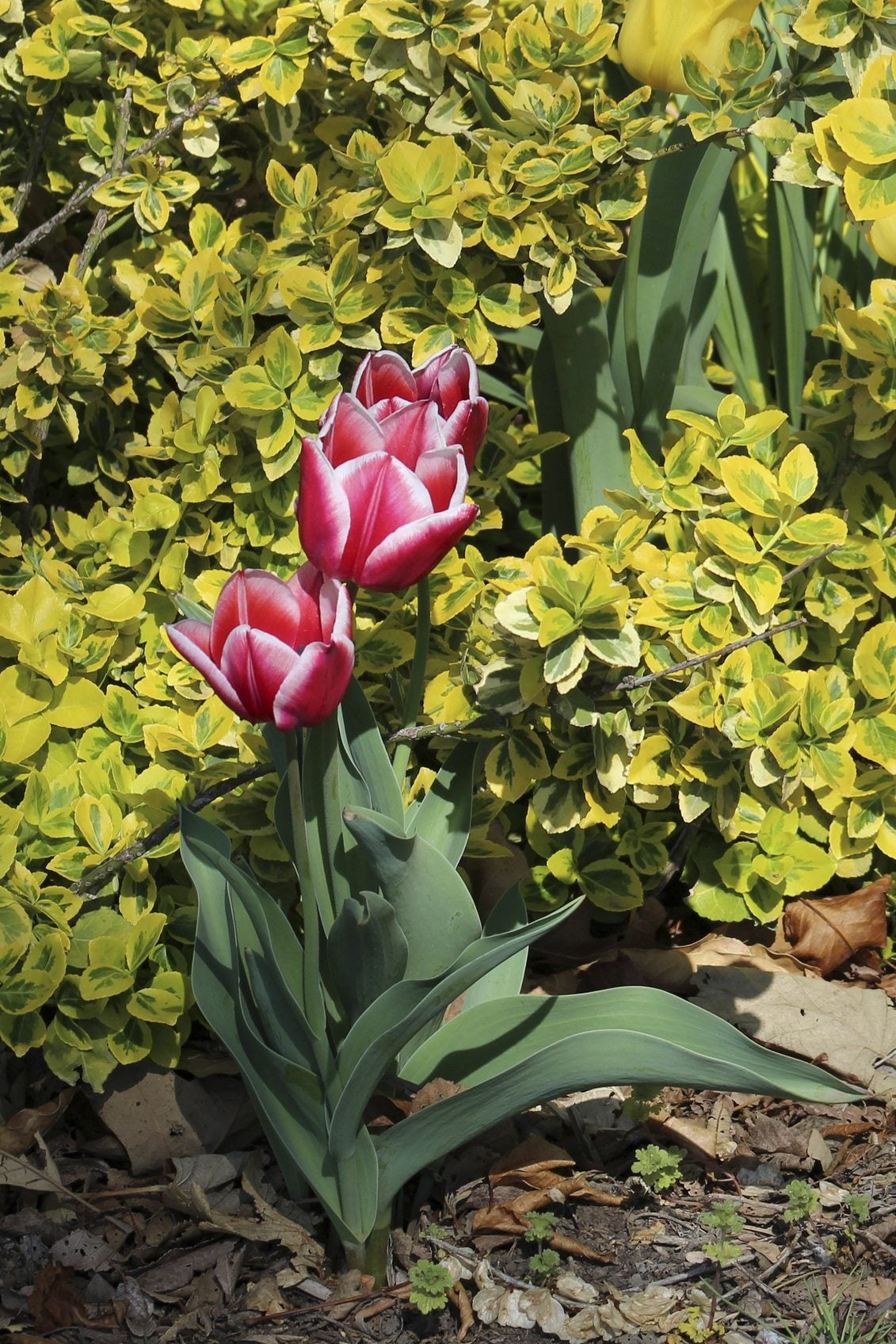 Suitable Euonymus Companion Plants: Tips On What To Plant With Euonymus
Suitable Euonymus Companion Plants: Tips On What To Plant With EuonymusEuonymus plant species come in a range of shapes and types. They include evergreen shrubs, deciduous vines and evergreen vines. Whichever you have planted, you'll need to find plants that complement them. Click here for some tips on what to plant with euonymus.
By Teo Spengler
-
 Euonymus Winter Care: Tips On Preventing Winter Damage To Euonymus
Euonymus Winter Care: Tips On Preventing Winter Damage To EuonymusSome winters are harsher than others, and winter damage to euonymus can seem like a serious blow. Click on this article to learn about euonymus winter care and how to fix winter damage in euonymus.
By Liz Baessler